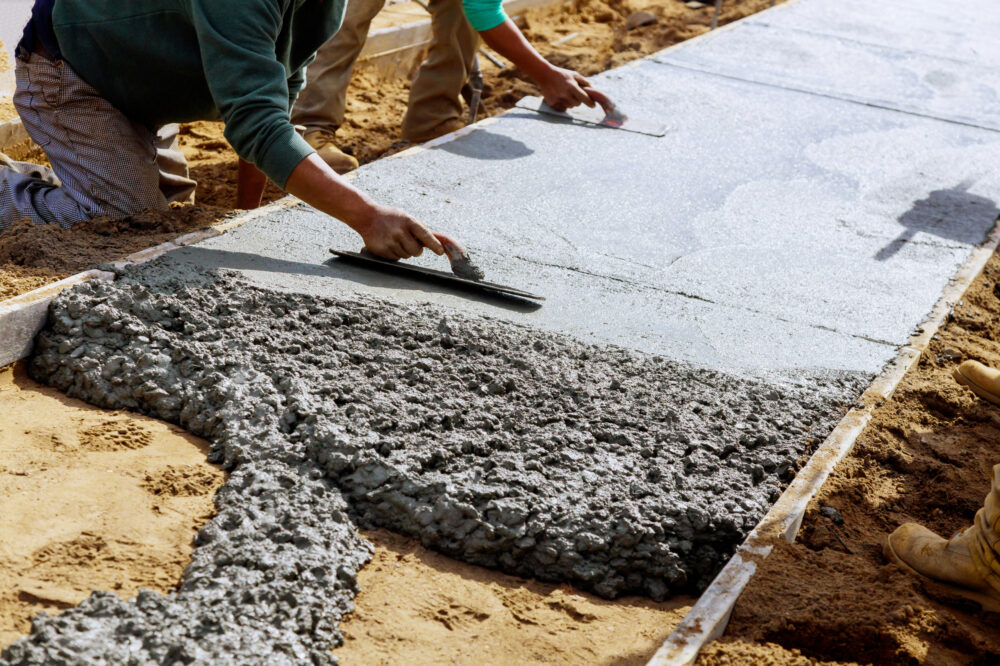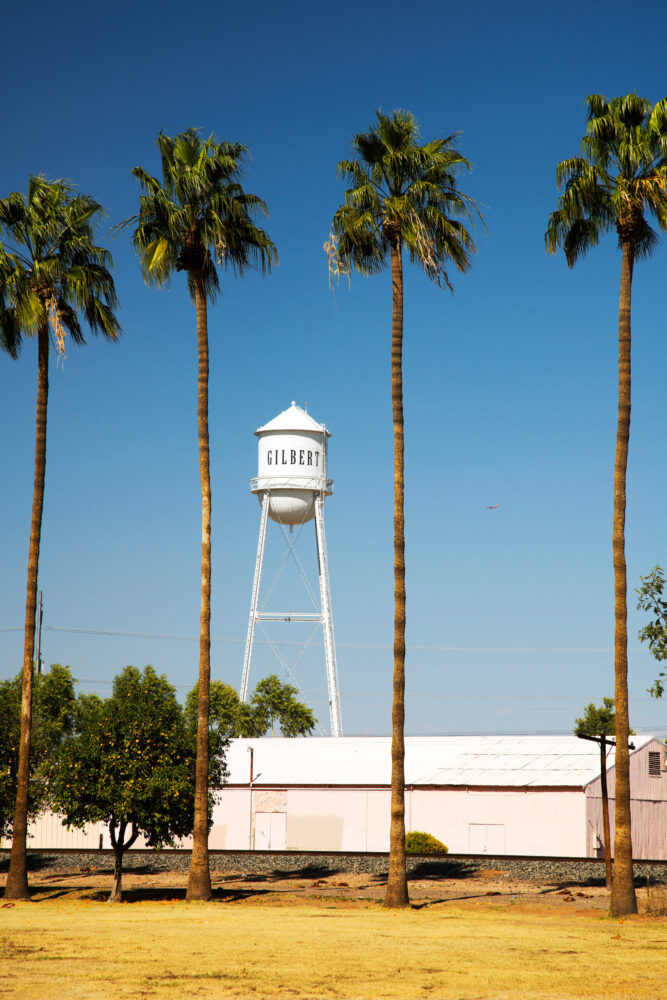

The Challenge
In many U.S. cities, historically marginalized communities have often been neglected by capital spending projects, including investments in street and sidewalk repair. These disparities can negatively impact community members’ home values, wellbeing, and safety. As part of the City’s wider effort to achieve greater equity in capital investments, Asheville set out to address disparaties in sidewalk maintenance that harmed historically marginalized communities.
The Innovation
With support from the GPL, the City of Asheville developed a comprehensive framework for directing investments in sidewalk construction. Using available data related to equity (including demographics and socio-economic status), connectivity and safety (including public transit ridership and numbers of car accidents) and the built environment (including access to recreation and schools), the City established a new plan for allocating annual sidewalk construction investments.
The Results
The City has begun building sidewalks in historically neglected communities and will continue using the new prioritization framework for directing future investments in sidewalk construction and maintenance. By creating a comprehensive model for incorporating equity into capital investment decisions, the City can further invest in overlooked communities and provide them with more and higher-quality public infrastructure, including well-paved streets, parks and recreation centers, and public transportation.
More Research & Insights


Advancing Economic Mobility for Students in Lansing, MI

Evaluating Vendor Performance for Critical Resident Services in Gilbert, AZ

Strengthening Vendor Engagement to Better Support Women and Minority-Owned Businesses in Buffalo, NY

Advancing Economic Mobility for Students in Lansing, MI
